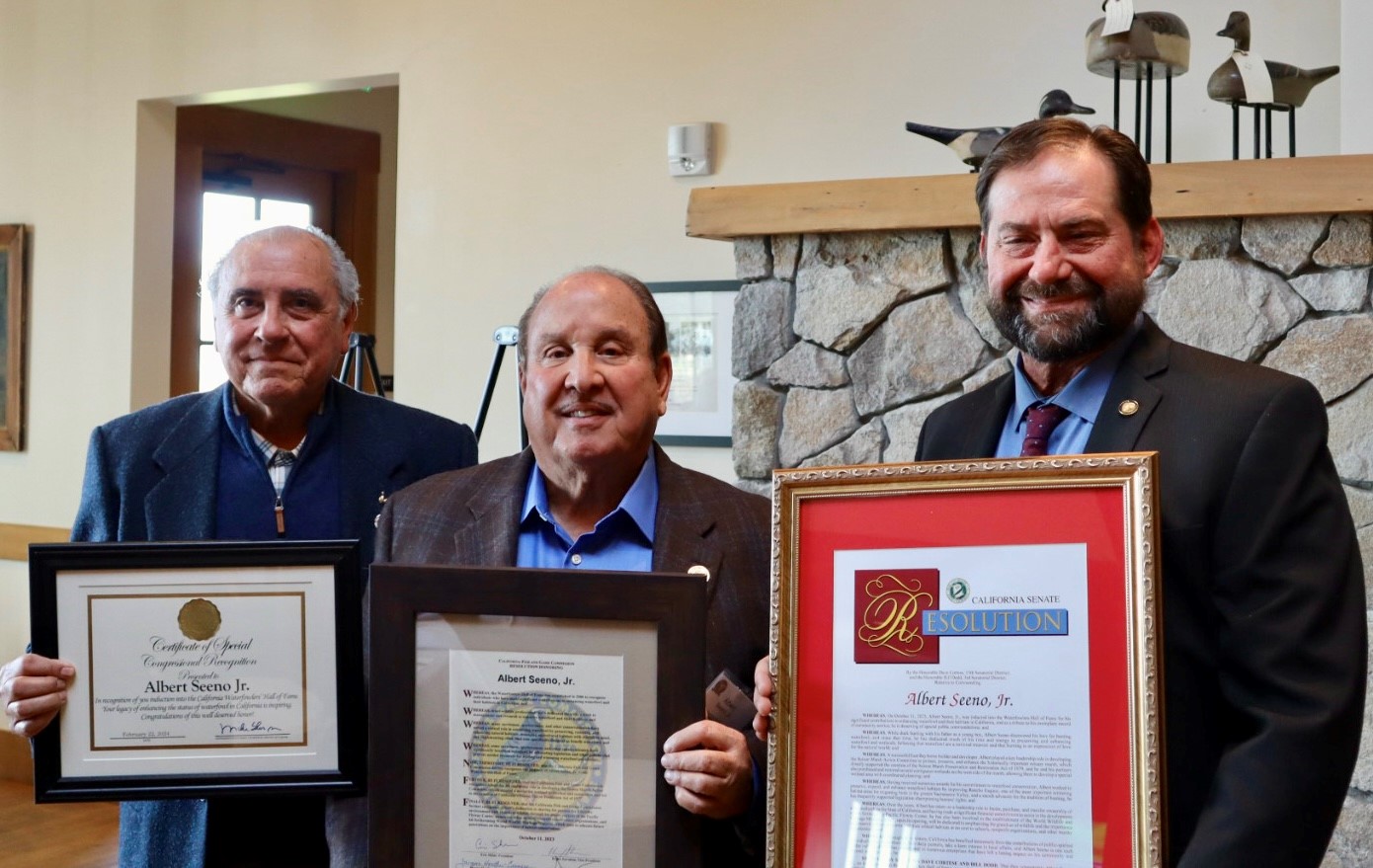
Mar 11, 2024
2023 Waterfowler's Hall of Fame
(Originally published in the Spring 2024 issue of California Waterfowl)
The waterfowl populations and waterfowl hunting we have in California have been built by great men and women who work in biology, conservation, lawmaking and art. The California Fish and Game Commission recognizes a few of these leaders each year in the California Waterfowler’s Hall of Fame. These are the people the commission honored in 2023.
Albert Seeno jr.
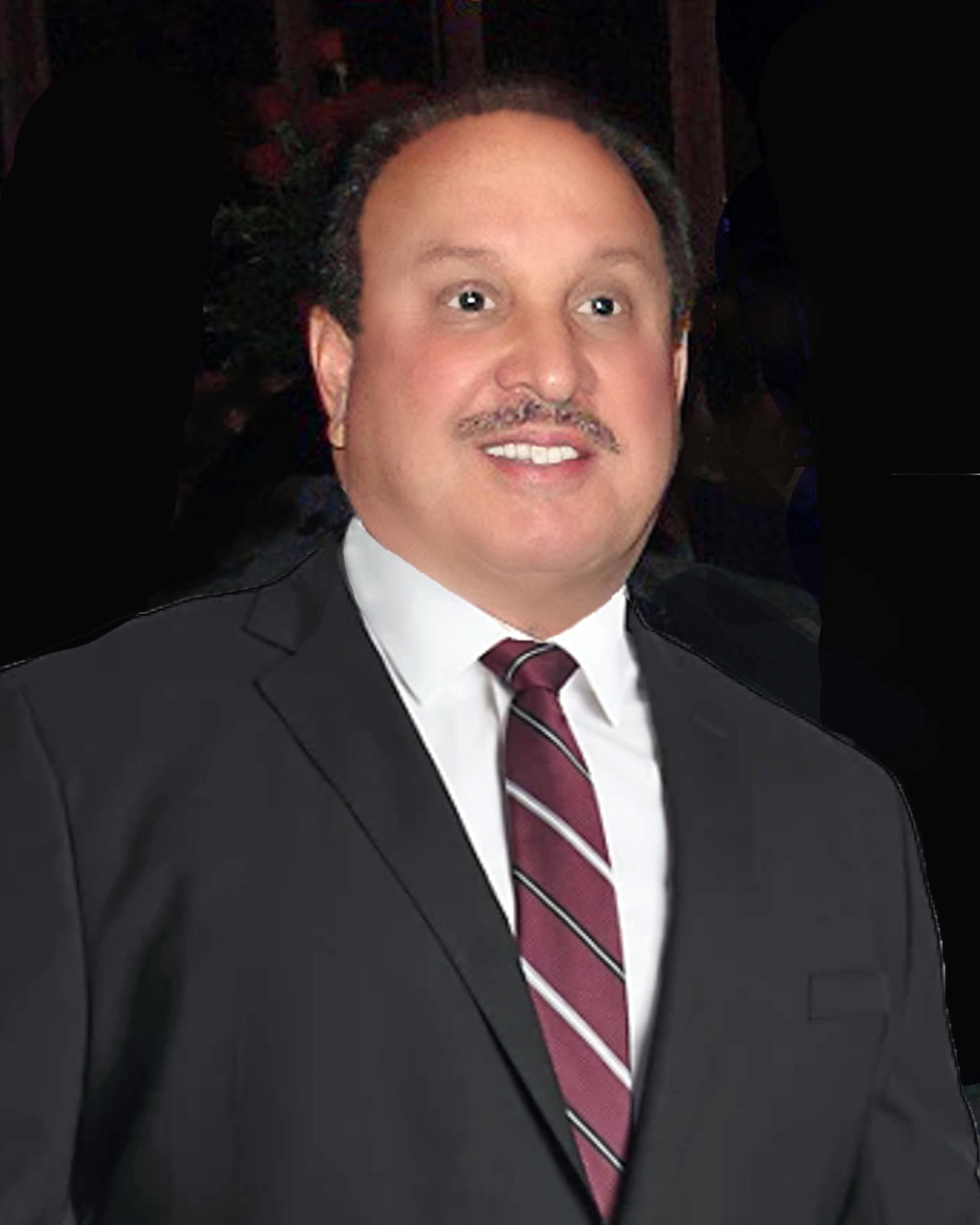
Seventy years ago, as a young boy from Pittsburg, California, Albert Seeno Jr. went duck hunting with his father and discovered that he loved to hunt waterfowl. Now he's trying to save those birds. Seeno is committed to preserving and enhancing waterfowl and wetlands because he believes that they are a national treasure and that hunting is an expression of love for the natural world.
A successful East Bay home builder and developer, and a lifelong civic and community member, Seeno has received numerous awards for business and waterfowl conservation. He played an important leadership role in developing the Suisun Marsh Action Committee to protect, preserve and enhance the historically important estuary marsh, which then directly supported the creation of the Suisun Marsh Protection Act of 1977. He and his partners also purchased and restored several contiguous wetlands on the west side of the marsh, allowing them to develop a special wetland area with coordinated planning. This benefited all the clubs in the area and served as a model for others to follow.
Seeno’s philanthropy is fueled by both passion and urgency for waterfowl and wetlands. One notable example is his work to help preserve, expand and enhance Rancho Esquon, one of the most important wintering habitat areas for migrating birds in the greater Sacramento Valley. As a staunch advocate and supporter for our hunting heritage, Seeno has also frequently provided essential funding in support of legislation championing hunter rights. And in addition to his significant financial commitment to help develop the forthcoming Pacific Flyway Center, Seeno has taken on a leadership role to locate, purchase and transfer ownership of other wetlands to the state as required mitigation.
Perhaps Seeno’s proudest achievement is his soon-to-be-open World Wildlife Heritage Museum. Available at no cost to schools, non-profits and other worthy organizations, the museum will emphasize the grandeur of wildlife and the importance of conserving these creatures and their critical habitats.
Seeno’s vision for a healthy environment with abundant wildlife extends far beyond the horizon. His wish is to ensure that the amazing fall spectacle of millions of aquatic birds arriving in California continues for all time.
beth huning
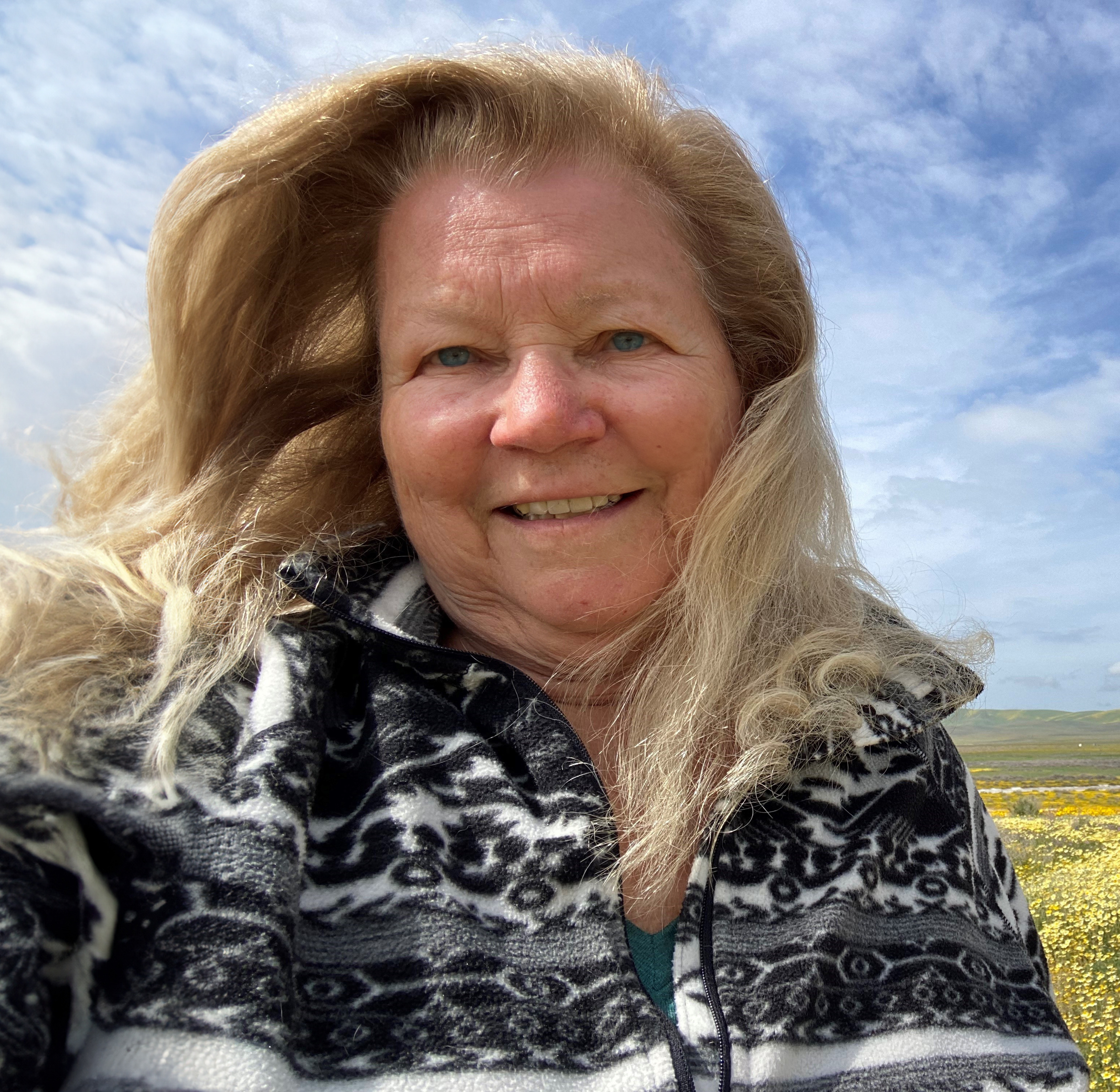
After graduating from Cal State Fullerton with a bachelor’s in geography, she served as the conservation chair of Sea and Sage Audubon with a mission to protect remaining wetlands and coastal sage habitats from ravenous bulldozing and urban development. She also taught elementary school, secured a three-year federal grant to develop environmental education programs in schools and regional parks, and worked for the National Park Service as an interpretive ranger in Yosemite.
In 1982, Huning became the director of the 900-acre Richardson Bay Audubon Center and Sanctuary, the only privately managed waterfowl sanctuary in the San Francisco Estuary. During her 18-year tenure, Huning led efforts to protect wetland habitats, minimize human disturbance to waterfowl and wildlife, and expand education programs both within and beyond the sanctuary boundaries. Through collaborative efforts with Bay Area Audubon chapters, she elevated regional recognition of the value of seasonal wetlands and played a key role in the development of a vision for restoring and protecting San Pablo Bay, as well as helped launch the San Francisco Bay Joint Venture (SFBJV) in 1996.
Eventually, Huning assumed the role of SFBJV’s coordinator and presided over a regional partnership charged with implementing the North American Waterfowl Management Plan, which calls for the protection, restoration and enhancement of more than 200,000 acres of wetlands in San Francisco Bay and along the coast from the Mendocino to Santa Cruz County borders. During her tenure, 75,000 acres of wetland habitat were protected or improved, and she facilitated restoration/habitat projects, funding, creative educational outreach programs and cooperative planning efforts.
Huning retired from the SFBJV in 2019 to focus on photography and is currently the president of the North American Nature Photography Association. After a 45-year career in wetlands protection and restoration, Huning is most proud of the collaboration that was developed between conservation organizations, regulatory and resource agencies, landowners and the business communities who found common ground for wetlands protection and restoration.
dan connelly
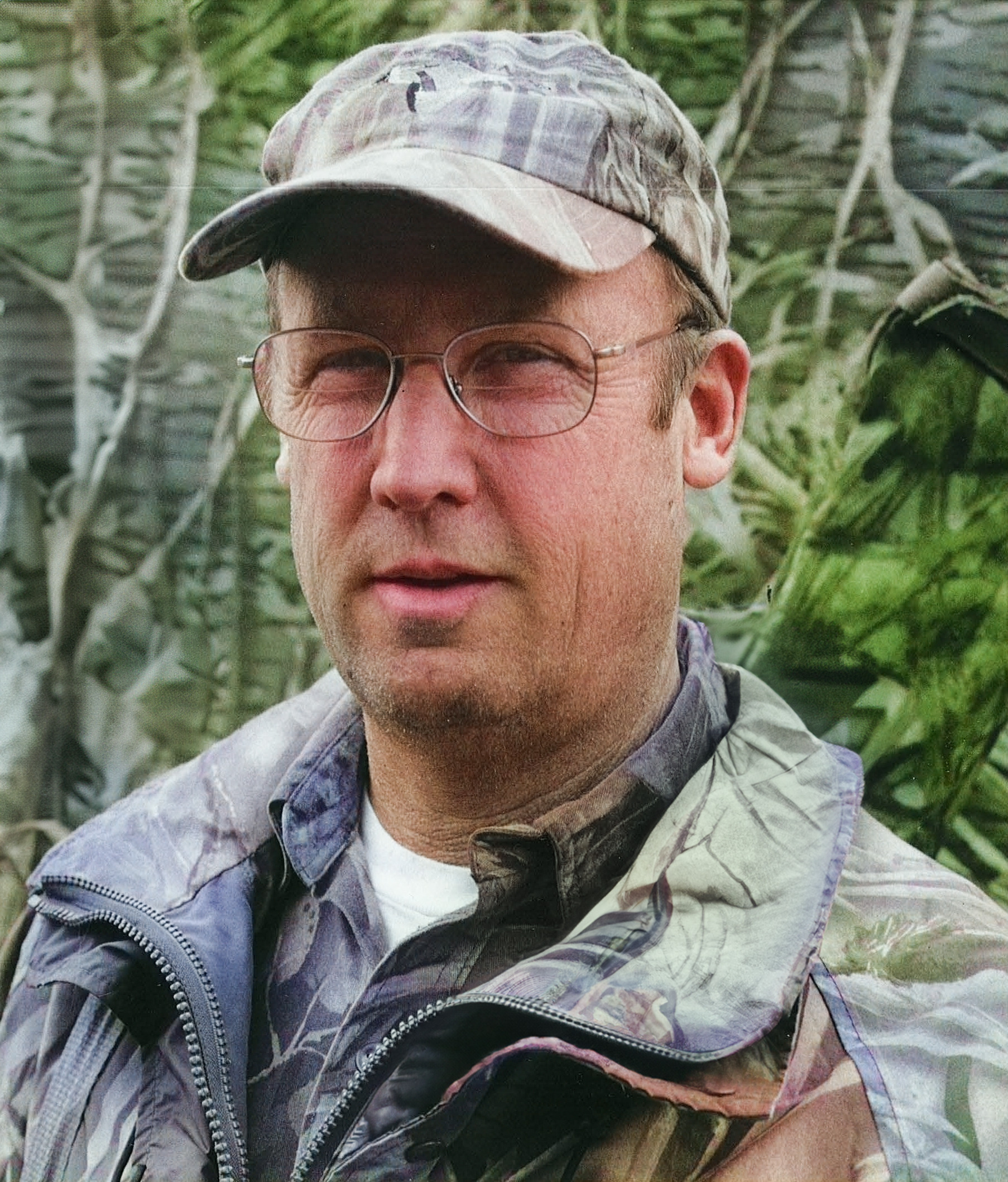 Daniel P. Connelly has been a dynamic force in waterfowl conservation and management in California for over 52 years. Connelly’s career with the California Department of Fish and Wildlife (CDFW) began in 1971 as a biologist at the Mendota Wildlife Management Area. During his time in the San Joaquin Valley, he helped develop a moist soil management program that grew into a seminal document to guide marsh management throughout the Central Valley. His published research on pintail food habits increased scientists’ understanding of the importance of invertebrates as a food source for wintering ducks.
Daniel P. Connelly has been a dynamic force in waterfowl conservation and management in California for over 52 years. Connelly’s career with the California Department of Fish and Wildlife (CDFW) began in 1971 as a biologist at the Mendota Wildlife Management Area. During his time in the San Joaquin Valley, he helped develop a moist soil management program that grew into a seminal document to guide marsh management throughout the Central Valley. His published research on pintail food habits increased scientists’ understanding of the importance of invertebrates as a food source for wintering ducks.
From 1980 until 1998 when he retired from state service, Connelly worked with the Statewide Waterfowl Investigations Project. Under his leadership, the project increased cooperation with the waterfowl conservation community, particularly with the California Waterfowl Association (CWA), Ducks Unlimited, the University of California, Davis (UC Davis) and the U.S. Fish and Wildlife Service.
With four key partners — UC Davis, CWA, CDFW and the Friends of California Waterfowl — Connelly helped develop the Raveling Waterfowl Endowed Professorship at UC Davis to ensure a permanent funding source for research, teaching and outreach activities that will enhance, accelerate and ensure the development of California’s waterfowl populations. This effort to maintain a strong focus on waterfowl at UC Davis has since been replicated at nearly a dozen other universities in the United States and Canada.
After leaving CDFW, Connelly worked with Ducks Unlimited for seven years as the program coordinator for the Valley Care project, which enhanced and restored wetland habitats throughout the Central Valley. He also fundraised for their Pintail Initiative to add focus, research and management effort to this species in California, before moving to Pheasants Forever and helping develop a state program to encourage ground nesting cover.
Connelly also stepped up to work as North American Wetland Conservation Act staff for CWA to review and rank project proposals submitted to this source of wetland enhancement and development funding. Then, in 2022, he joined CWA’s Board of Directors.
Last but not least, Connelly has served as the chair of the Committee, where for 24 years he’s coordinated, cajoled and led the committee that reviews and recommends induction of people into the Waterfowler’s Hall of Fame, California.
joe fleskes
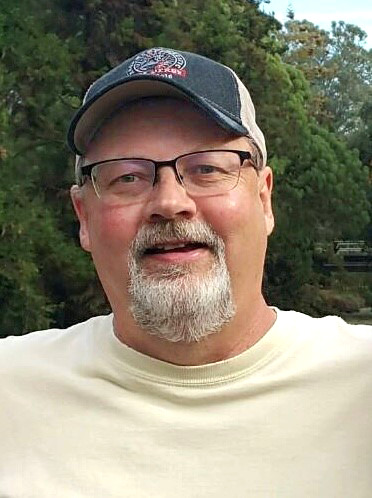
Dr. Joe Fleskes has worked for 40 years to improve the scientific foundation of North American waterfowl management. Over the last three decades, he focused on Pacific Flyway issues, providing critical guidance for the Central Valley and Intermountain West Joint Ventures and their partners. His research relating improvements in waterfowl body condition and other changes in waterfowl ecology to landscape changes was especially effective in strengthening support for habitat programs.
Growing up in Iowa farming country, Fleskes witnessed how landscape changes impacted wildlife. This led him to pursue a fish and wildlife biology degree at Iowa State University. In between earning his bachelor’s and master’s degrees at the university, Fleskes worked with Northern Prairie and Patuxent Wildlife Research Centers studying waterfowl ecology in the Prairie-Parkland breeding and Lower Mississippi Valley wintering areas.
In 1986, Fleskes joined the U.S. Fish and Wildlife Service Dixon Field Station (later U.S. Geological Survey California Science Center). His study on San Joaquin Valley pintails earned him his doctorate at Oregon State University. Partnering with numerous organizations, Fleskes expanded his waterfowl program into multi-species studies of winter, spring migration, molt ecology, avian influenza and impacts of climate, urbanization and water management on Central Valley habitat.
Fleskes has coauthored around 140 scientific articles, 165 presentations and 4 book chapters. He chaired or served on over 70 scientific/technical committees, including the Pintail Action Group, North American Waterfowl Management Plan (NAWMP) National Science Support Team, CWA Editorial and JV advisory committees. And he has received approximately 30 awards, including the NAWMP’s 2016 Blue-winged Teal, Central Valley Joint Venture’s 2008 Science Excellence and 2016 Special Recognition, CWA’s 2006 Dennis Raveling, Ducks Unlimited’s 1998 Technical Guidance, and numerous U.S. Geological Survey performance awards.
While retirement has allowed Fleskes more time to fish, hunt and enjoy family in the Midwest, he has continued contributing to waterfowl science, including serving as coeditor and coauthor on an upcoming book that captures current knowledge of migrating and wintering waterfowl in North America.


